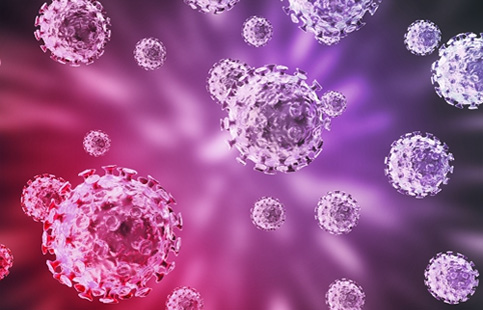2020-08-24
According to news in April this year, a joint study by Kobe University in Japan and Ushio, a Japanese LED component manufacturer, showed that repeated exposure to hairless mice with particularly sensitive skin with filtered 222 nm UVC light will not cause them Suffered from skin cancer or cataracts. Therefore, it is proposed that deep ultraviolet radiation with a wavelength of 222 nm is harmless to human skin and eyes.
Similarly, Columbia University in the United States has also carried out related research. Preliminary results show that far UVC with a wavelength of 222nm cannot penetrate the skin surface or eyes, is safe for the human body, and can kill viruses.
However, there has been a lot of controversy in the industry regarding the sterilization effect and safety of 222 nm UVC light. Recently, Oxtail and Kobe University announced the research process and results of human testing.
According to reports, Oxtail and a research team from the Department of Plastic Surgery of Kobe University have completed a study that shows that irradiating filtered 222nm UVC light on human skin can reduce the number of bacteria on human skin without causing damage to the skin.

Image source: Photo Gallery
This study used Oxtail’s Care222® UV-C disinfection equipment with a wavelength of 222m, radiation energy of 500 mJ/cm2, and an optical filter. This short-band pass filter is based on Columbia University's research and technology and has been patented to filter radiation with wavelengths above 230nm.
It is reported that the researchers used Care222 equipment to irradiate the backs of 20 healthy volunteers aged 20-80. After 24 hours, all volunteers showed no signs of erythema on their skin.
Subsequently, in order to measure the number of flora on the skin, the researcher used a cotton swab to scrape the flora on the back of the volunteers, and then used the Care222 disinfection device for irradiation again. The count of bacteria is divided into three stages: before irradiation, 5 minutes after irradiation, and 30 minutes after irradiation. The final results showed that after the Care222 disinfection equipment was irradiated, the number of bacteria was significantly reduced by nearly 90%.
It is worth noting that after three months of irradiation, the researchers found that the volunteers' skin test areas did not show any signs of erythema, and no adverse reactions were found.
Based on these test results, the researchers believe that UVC with a wavelength of 222nm is safe and has bactericidal effects on human skin. Currently, this research has been published in the journal "PLOS ONE". (Compiled by LEDinside Janice)
From www.ledinside.com